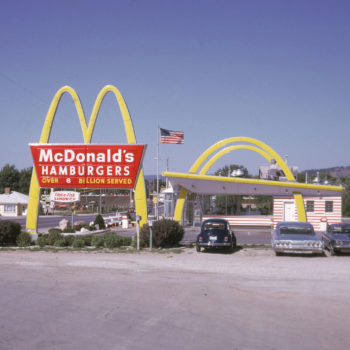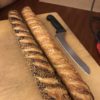This week, the Michael Keaton flick “The Founder” hits theaters. It’s about Ray Kroc, who came upon a Southern California hamburger joint begun by the McDonald brothers… and turned it into an empire.
Author Lisa Napoli explores that story — and the story of Ray’s tumultuous marriage — in her new book “Ray and Joan.” So Rico took the opportunity to ask her about the history of a few of McDonald’s iconic menu items.
Interview highlights:
On what makes McDonald’s fries so good
Lisa Napoli: They were really damn good back when Dick and Mac — the brothers who started McDonald’s — first started doing it. Mac McDonald, apparently, fancied himself sort of a chemist/alchemist of the fry. And so, he basically practiced with different types of potatoes: how to chop them, how to cure them. And he found that if he air-dried them in the desert air behind the store in San Bernardino, that the starch broke down just enough, so that when they fried it up, they were perfect.
And people loved these fries — 10 cents a bag. They came from all over the place to get these fries that were so good. And so, when you bought a McDonald’s franchise in the early days, you got that formula.
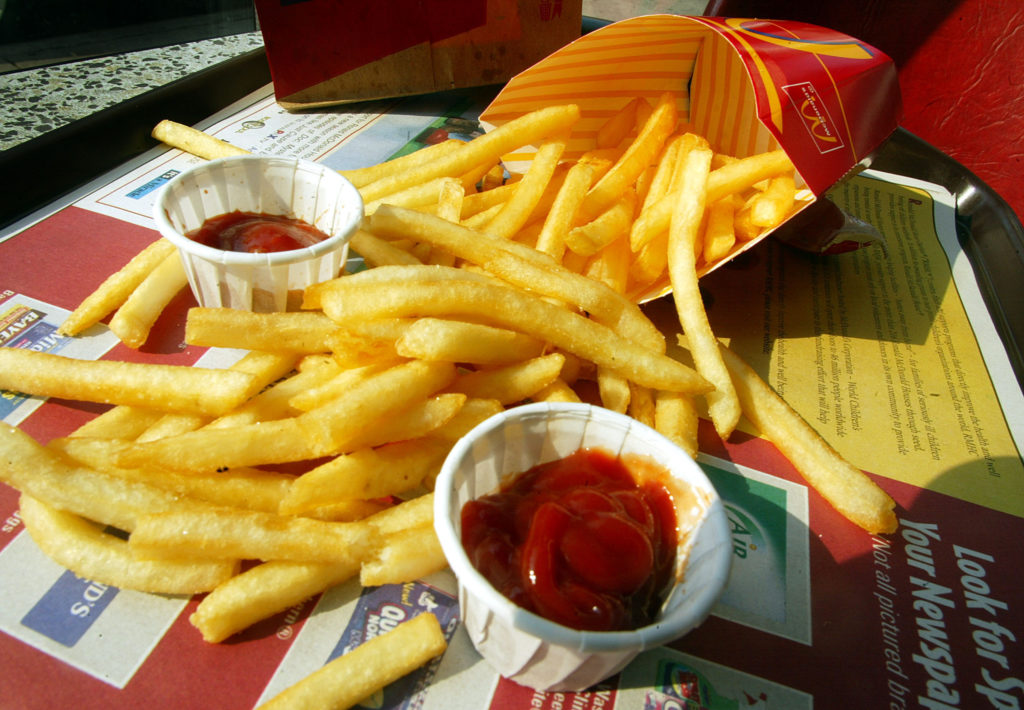
Rico Gagliano: But what did you do if you were, say, in the middle of America, and you didn’t have desert air?
Lisa Napoli: That’s what started to be a problem, is that you couldn’t do what the brothers did, of course, and so that’s where the birth of fast food really came up. You couldn’t replicate the formula exactly from one place to another.
So, they had to come up with technological ways to freeze a French fry so that they were consistent across the board, and that’s what people were buying with McDonald’s in those days. You could go to a burger joint anywhere, but there was something more intoxicating and exciting about getting food that was like the food you got back home than now, we’re all hot for food that’s local.
On how Ray Kroc’s meticulousness influenced the look and architecture of the McDonald’s burger
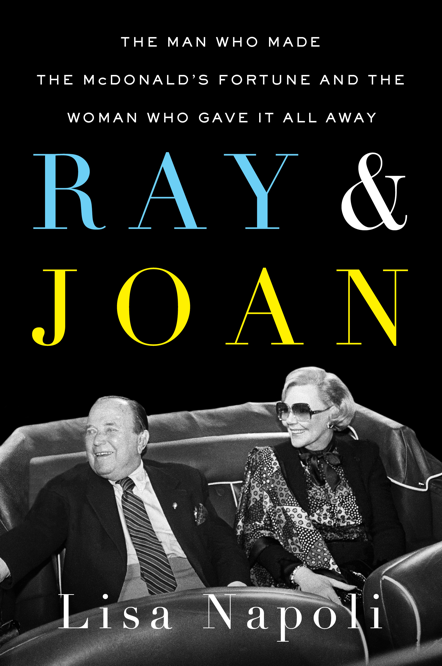
Lisa Napoli: Ray Kroc was so fastidious. You know, not only was he a nut about the bathrooms being clean, and he swept the parking lots, but he really wanted the food to look good. He wanted to make sure that there was a way to keep the patties centered on the bun perfectly and the squirt of ketchup, and the pickle was perfectly placed. It was like a little sculpture.
And that is part of the reason they did become so successful, because there was so much schlocky food. You could go into some hamburger joint on the roads and not know what you were getting. It might be lousy quality. It would look dirty. I mean, we take for granted that there’s a certain level of sanitary nature to public eating facilities, but that wasn’t the case back then. I mean, people were suspicious of it because they weren’t used to eating out back then.
Rico Gagliano: And this was also at a time when the awareness of germs came to the forefront. People were aware that that might actually be bad for you, to eat something that looks dirty.
Lisa Napoli: Exactly. I mean, isn’t it mind-blowing to think that a paper cup — which is what Ray Kroc started selling before he got involved in all of this — a paper cup was revolutionary because it kept you from getting a disease from a public, communal dipper when you went to drink water in the town square. I mean…
Rico Gagliano: Oh, my god. I’m thinking about, like, using the same ladle as everyone else at a McDonald’s. It’s not a good idea.
Lisa Napoli: That would make everybody start eating at home.
On how the Filet-O-Fish came to be and how the corporation almost went with the “Hula Burger”
Lisa Napoli: It wasn’t, no. So, there was a franchisee, an early franchisee, in Ohio, and he noticed, on Fridays, his business dropped precipitously because there was such a huge Catholic population and meat was forbidden on Fridays. And he thought, “Well, why don’t I make a fish sandwich?”
And so, he took it upon himself to experiment and came up with this Filet-O-Fish. And he went to Ray Kroc, and Ray Kroc said, “That’s a lot of garbage. That’s ridiculous! I don’t want my restaurants stinking up with fish. This is terrible!” But Ray was simultaneously developing what he called the Hula Burger, which was a slice of pineapple on a bun with a slice of cheese.
So, they basically had a fast food run-off. He said, “OK, you can try to offer this for a while, but we’ll also offer the Hula Burger, and we’ll see which wins.”
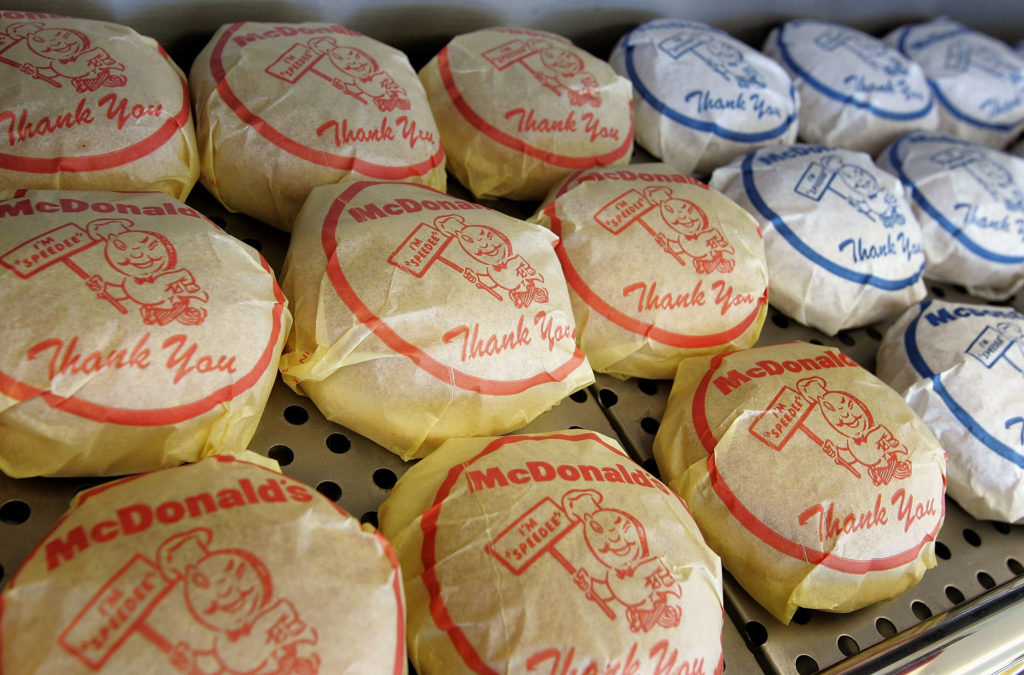
On the seemingly shaky future of McDonald’s
Rico Gagliano: One of the reasons I can no longer indulge in a Filet-O-Fish every now and then is that the McDonald’s across the street from our studio, which is also near where you live, closed recently. I’ve never even heard of that. McDonald’s don’t close; they open. Where are we right now with the McDonald’s corporation? Is it doing well? For the first time ever, I feel like it’s on shaky ground.
Lisa Napoli: Well, you know, if you follow the news, you would think that McDonald’s is going to cease to exist, and, yes, there were two that closed right down here in downtown Los Angeles, much to the consternation of our 85-year-old neighbor who ate breakfast there every single day.
But that was more of a…that was a gentrification problem, not a McDonald’s problem. It was a raising rent, and businesses down here wanted to look sexier and hipper, and so they got the McDonald’s out. But, generally, you know, every time I read a news story — which is pretty much every day — that McDonald’s is cratering with its thousands of restaurants all around the world, the stock goes up. So, go figure.
[This interview has been edited and condensed.]
